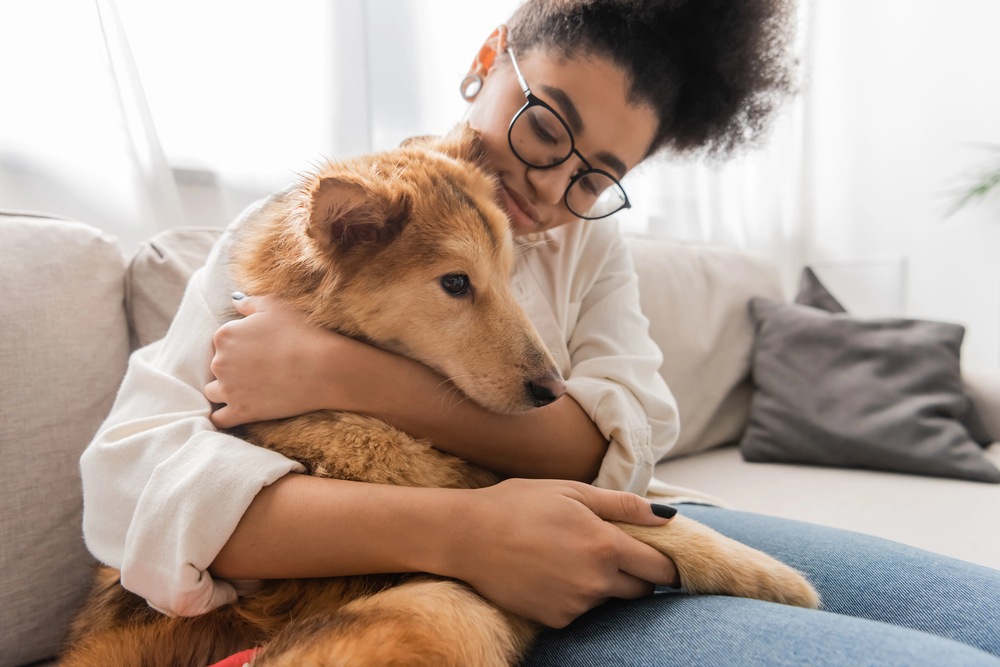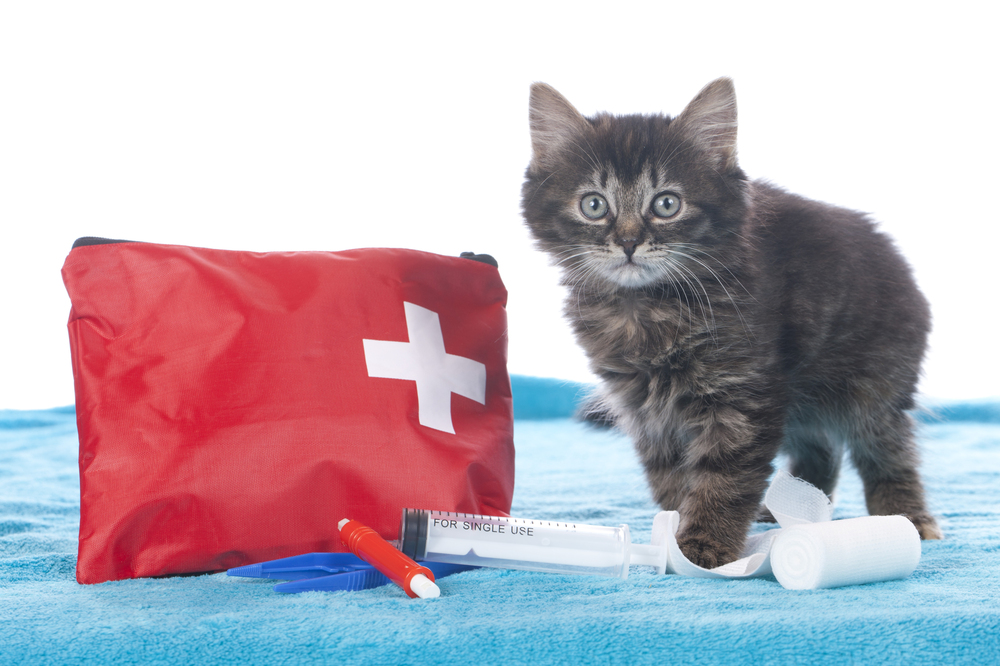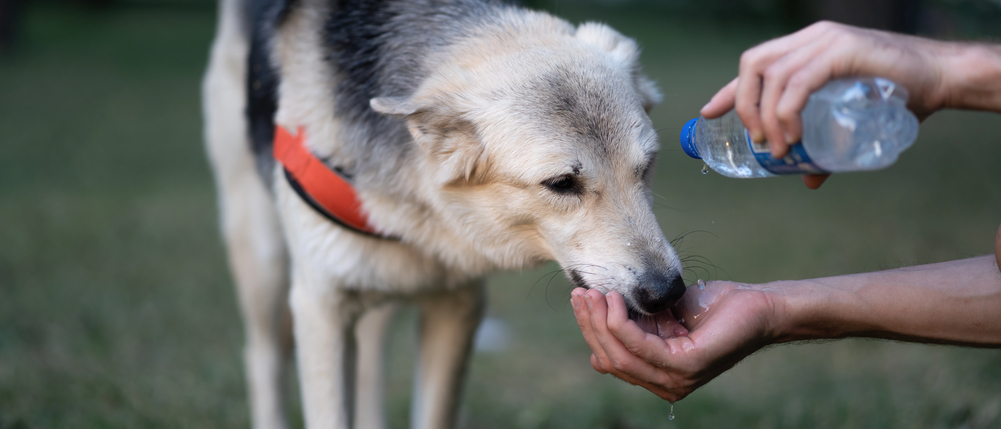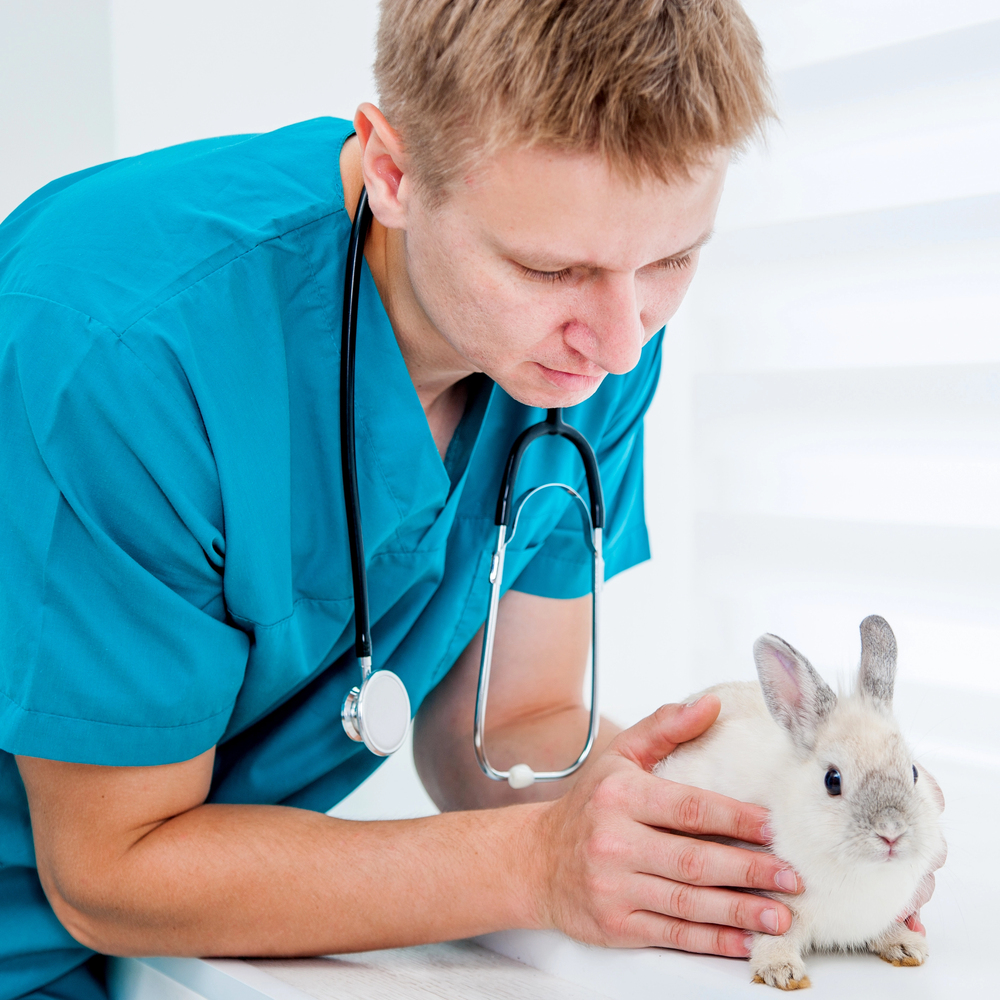
Be ready when every second counts—essential first aid advice to help protect your pet in an emergency.
Read Time: 4 minutes
As loving pet parents, we do everything we can to keep our furry companions safe and healthy. But just like humans, pets can have accidents and sudden health issues. Knowing basic first aid can make all the difference in an emergency, helping you stabilize your pet until professional care is available. Here are some must-know first aid tips every pet owner should have in their toolkit.
1. Keep Important Information Handy
Store:
- Your pet’s vaccine records
- A list of allergies and medications
- Emergency contact numbers
Having these accessible ensures you and your vet can act quickly when it matters most.
2. Assemble a Pet First Aid Kit
A dedicated pet first aid kit is your first step toward preparedness. Here’s what to include:
- Gauze rolls and bandages
- Non-stick sterile pads
- Digital thermometer (rectal for pets)
- Tweezers and blunt-tipped scissors
- Hydrogen peroxide (3%) – for inducing vomiting only under vet guidance
- Antiseptic wipes or spray
- Saline solution (for flushing wounds or eyes)
- A muzzle (even the gentlest pet may bite when in pain)
- Do not muzzle your pet if they are vomiting, having difficulty breathing, or showing signs of heatstroke.
- Your vet’s contact information and emergency clinic numbers

3. Stay Calm and Act Confidently
- Stay calm—your demeanor affects your pet.
- Secure the area to avoid further harm.
- Avoid panicking, and speak gently to your pet.
4. Know How To Handle Common Emergencies
Emergencies can happen without warning, and knowing how to respond can help you keep your pet safe and stable until veterinary care is available. Whether your pet is injured, overheated, choking, or has ingested something toxic, understanding the basics of pet first aid can reduce panic, prevent further harm, and in some cases, save your pet’s life. Below are some of the most common emergencies, along with guidance on how to manage them quickly and calmly.
Bleeding or Wounds
Apply gentle pressure with a clean cloth or bandage. Elevate the area if possible and seek veterinary care as soon as possible. Avoid using human antiseptics unless advised—they can be toxic to pets.

Choking
Check your pet’s mouth carefully (only if it’s safe) to remove visible obstructions. For dogs, you may perform the Heimlich maneuver; for smaller pets, back blows may be a better option. Always follow up with your veterinarian—even if your pet seems fine.
Heatstroke
Move your pet to a cool place immediately. Wet their fur with cool (not ice-cold) water and offer small sips of water. Do not muzzle a pet experiencing heatstroke—they need to pant to regulate body temperature. Call your veterinarian without delay—heatstroke can cause severe internal damage quickly.

Poisoning
Many common household items can be toxic to pets, including:
- Chocolate – contains theobromine, which is harmful to both dogs and cats
- Grapes – can cause kidney failure, even in small amounts (and don’t forget—raisins are just dried grapes)
- Xylitol – a sugar substitute often found in sugar-free gum, peanut butter, baked goods, and some oral care products
- Human medications – including pain relievers, antidepressants, and cold medications
- Houseplants: – some more common plants that can be dangerous are:
- Lilies (especially dangerous to cats)
- Pothos
- Philodendrons
- Aloe vera
- Sago palm
Do not induce vomiting unless instructed. Call your vet or the ASPCA Animal Poison Control Center at (888) 426-4435 immediately if you suspect your pet has consumed a harmful substance.

5. Learn CPR for Pets
Knowing CPR for pets can be a lifesaver in critical situations—but only when used correctly. Pet CPR involves chest compressions and rescue breathing and should only be performed when your pet is not breathing and has no heartbeat. Never perform CPR on a healthy pet or on a pet whose heart is still beating. If you’re unsure, call your veterinarian or an emergency clinic for immediate guidance.
If CPR is necessary, follow these general steps:
- Lay your pet on their side.
- For larger dogs: Compress the chest at its widest point.
- For cats and small dogs: Compress directly over the heart.
- Use a rhythm of 100–120 compressions per minute and provide one rescue breath every 30 compressions.
We highly recommend enrolling in a certified pet CPR and first aid course to learn how to assess emergencies and practice the technique safely.
First Aid Is Not a Substitute for Veterinary Care
While pet first aid can stabilize your pet in an emergency, it is not a replacement for professional veterinary care. First aid should only be a temporary measure until your pet can be seen by a veterinarian. Delaying treatment can lead to worsening conditions, even if your pet seems to recover.

Ready To Be Prepared? We’re Here To Help.
At Dr. Phillips Animal Hospital, we’re committed to helping you care for your pet in every circumstance—emergency or routine. If you’re unsure about how to prepare for pet emergencies or want to discuss your pet’s health plan:
- Call us today at (407) 352-2579
- Schedule an appointment online at drphillipsanimalhospital.com
- For urgent situations, visit our Emergency Services page for immediate assistance.
Our team is here to guide you through every step of responsible pet ownership—with compassion, expertise, and care you can trust.




